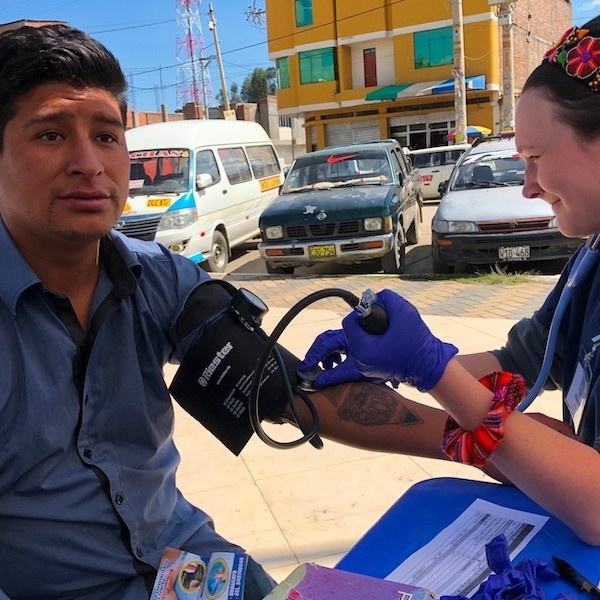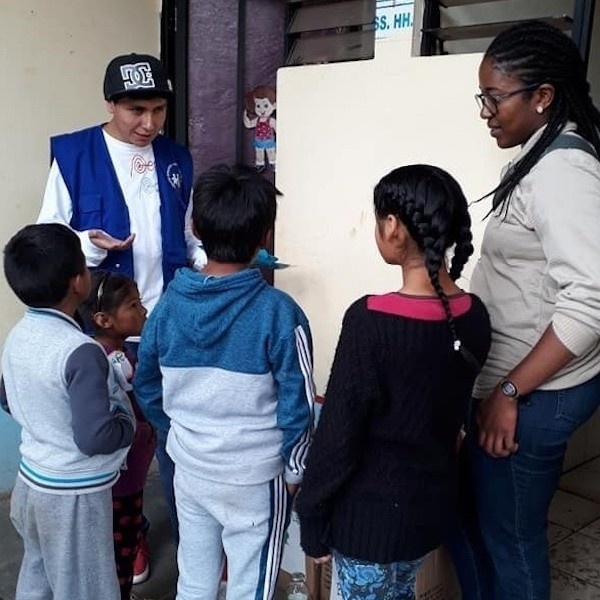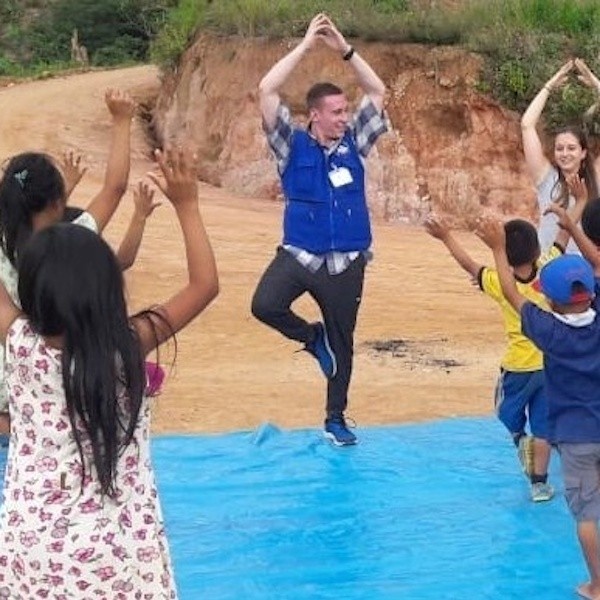Project Huancayo
Peru
Nestled in the heart of South America, Peru is a land of stunning coastlines, towering Andes, and lush rainforests. Home to ancient civilizations, it boasts a rich blend of cultures, languages, and traditions. Despite healthcare progress, rural areas still face shortages of trained professionals and underfunded facilities. In Huancayo, these gaps make access to care difficult, emphasizing the need for community-driven solutions.
Where
Perched over 10,000 feet above sea level in the scenic Mantaro Valley, Huancayo is a vibrant city in the central highlands of Peru. Located about eight hours east of Lima, the country’s capital, it serves as a regional hub for commerce, culture, and healthcare. Despite a growing population of over 120,000, many communities still struggle with access to quality medical care, making our work here essential.
Why
Peru’s healthcare system faces critical gaps, especially in underfunded and understaffed medical facilities. In Huancayo, hospitals struggle to meet the needs of growing communities, leaving many without basic care. Preventable illnesses, often linked to hygiene and nutrition, remain common, highlighting the urgent need for improved healthcare access and education.
How
Through partnerships with hospitals, health posts, and universities, we support medical teams with clinical activities, health screenings, and training. Beyond hospitals, we engage in public health education and social programs to empower vulnerable populations. We also incorporate Peru’s rich tradition of natural medicine to promote holistic care.
Our Work
Huancayo’s healthcare challenges demand both immediate support and long-term solutions. By partnering with hospitals, universities, and community organizations, we help fill critical gaps in medical care through screenings, training, and outreach. Beyond clinical support, we focus on prevention—empowering vulnerable groups, including children, teen mothers, and underserved families, through health education, nutrition programs, and holistic care rooted in both modern and traditional medicine.

Access
- Strengthening healthcare services through partnerships with hospitals and health posts
- Clinical training and support for local medical staff
- Expanding healthcare reach through free screenings in rural communities

Education
- Health education programs on hygiene, nutrition, and disease prevention at schools and orphanages
- Supporting youth and teen mothers through empowerment and wellness initiatives
- Partnering with universities to provide education on the Peruvian healthcare system

Participation
- Working alongside local institutions to provide resources and education for vulnerable communities
- Organizing initiatives on natural medicine, nutrition, and preventative healthcare
- Facilitating community-driven projects that promote health, environmental care, and social empowerment
Volunteer
Project Huancayo thrives on the efforts of volunteers, all of whom contribute to the current needs and initiatives on-site. Whether you're learning about medicine in the local hospital or giving health education to mothers in a rural community, your experience allows you to better understand the Peruvian healthcare system as well as contribute to the improvement of health in the community and surrounding areas.
All volunteers have the opportunity to immerse themselves in both the clinical and health education aspects of operations on-site, and activities can range from participating in a local health fair, observing in a hospital or rural clinic, to leading health education sessions.
Over the course of your trip you'll receive an unfiltered experience in health care field work abroad, and learn about the tremendous impact that even one person can have. At our end, so as to maximize your contribution, we will tailor your experience based on current needs, your interests, training, and amount of time that you spend with us on-site in Huancayo.
Curious about the logistics of volunteering? Click below for more information on flights, activities, accommodations, transportation, trip cost, and more!

"I was felt as though I was able to make an impact in the community while learning new skills and growing as a person."
- Crystal V.





